Dr. Muhammad Arshad
Medical Doctor, University Health Network Toronto General Hospital
Excellent and easy to remember explanation


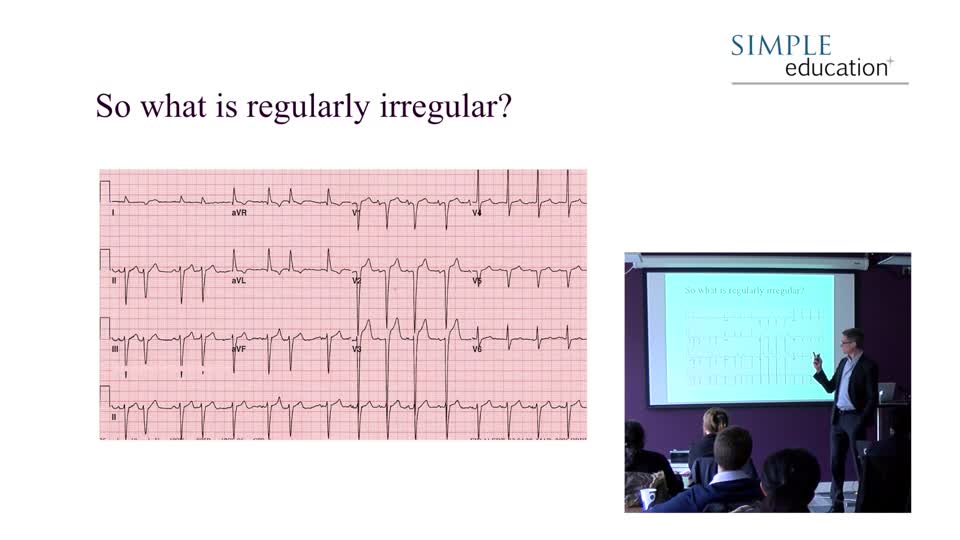
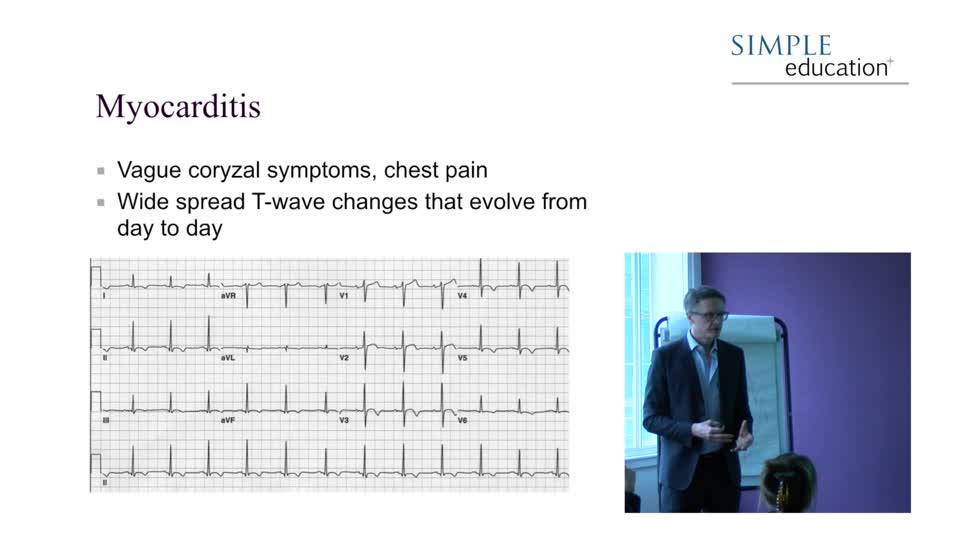
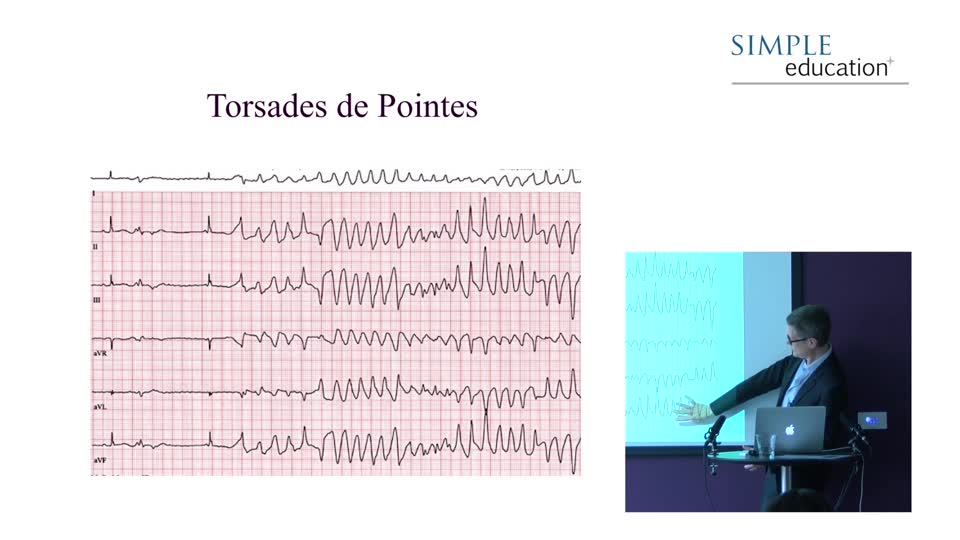
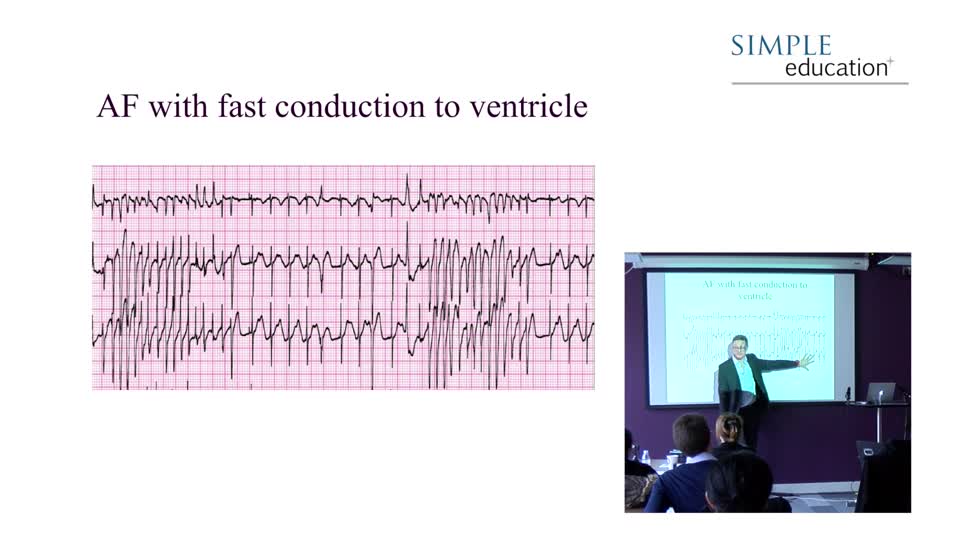
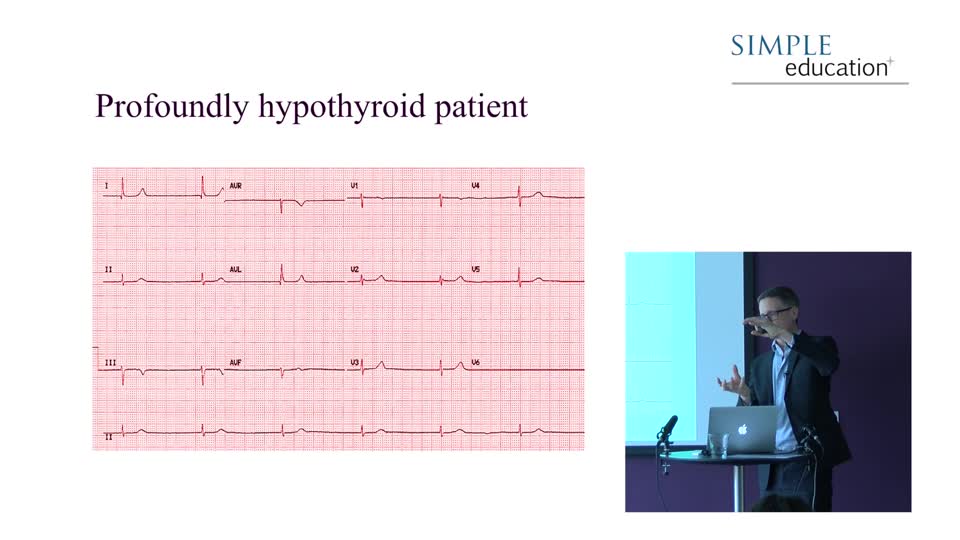
Cardiac Axis
This is a somewhat overcomplicated concept and is frequently irrelevant to clinical practice. There are only three main areas where identifying cardiac axis has clinical...
Cardiac Axis
This is a somewhat overcomplicated concept and is frequently irrelevant to clinical practice. There are only three main areas where identifying cardiac axis has clinical relevance. The first is when trying to decide whether there may be ventricular tachycardia present on the ECG. An abnormal cardiac axis may help one to conclude that this is VT rather an SVT. Secondly, when an accessory pathway is present, it helps to localise the position of the pathway within the heart. This fact is useful largely to electrophysiologists rather than the rest of the profession. Finally, when the patient has RBBB, if a left axis or a right axis deviation is present, this represents abnormality of both bundle branches and may precede complete heart block or asystole in the future.
An easy way of establishing axis is to look at lead I, II and III.

Simple Education, is a leading provider of coronary physiology and intracoronary imaging courses to aid treatment of complex coronary artery disease.
Excellent and easy to remember explanation
R ups Left. Looking at each other Right
??
refresher
A piece of cake!!! Informative & easy to understand . Thank you so much.
refreshing!
Simple and straightforward
Thank you for simple but informative tutorial on ECG
Thanks
It ' s bast for me
Informative
Easy to revise.
very good
Very clear discussion and useful in practice.Thankyou doctor.
Very valuable information thankyou Doctor
vokolodessa@gmail.com
Nice information
Thank you for this lovely lecture !
Pacing ecg
Easy to understand and gets your attention for the whole 20 mins
really good class
wonderfully simple for undergraduate teaching